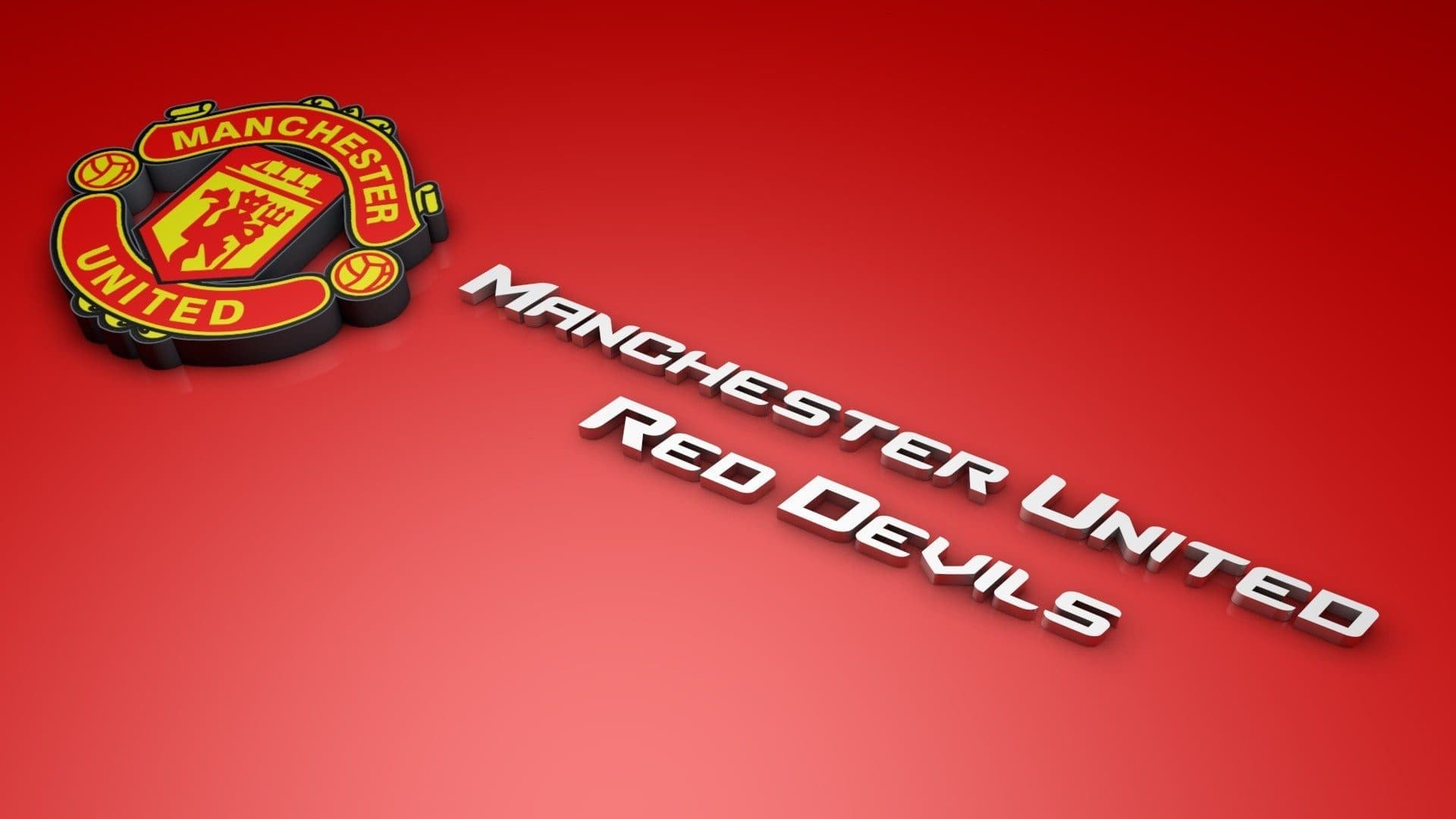
“We had a virus that infected everyone at Man United. It is called winning”.
This famous statement was quoted by a man considered the greatest football manager of all time, Sir Alex Ferguson. This man transformed and developed a new DNA into one of English football’s finest football clubs, Manchester United. The Red Devils have won the second-most major trophies(rivals Liverpool are at first)compared to fellow domestic competitors, with a record 20 Premier Leagues, 12 FA Cups, five Carabao cups (previously known as league cup). United have also won a record 21 FA Community Shields(not considered to be a major trophy). A club that has also been very successful across the European competitions, having won three European Cups/UEFA Champions Leagues, one UEFA Europa League, one UEFA Cup Winners’ Cup, one UEFA Super Cup, one Intercontinental Cup, and one FIFA Club World Cup. In 1998–99, the club became the first in English football history to achieve the continental European treble. By winning the UEFA Europa League in 2016–17, they became one of five clubs to have won all three main UEFA club competitions. The following paragraphs have been divided into four parts to understand this prestigious club better. These paras highlight Manchester United’s history as a football club.
THE FOUNDING ERA (1878-1945)
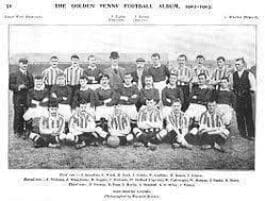
Source: Wikipedia
Manchester United was formed in 1878 as Newton Heath LYR Football Club by the Carriage and Wagon department of the Lancashire and Yorkshire Railway (LYR) depot at Newton Heath. The team initially played games against other departments and railway companies, but on 20 November 1880, they competed in their first recorded match; wearing the colors of the railway company – green and gold – they were defeated 6–0 by Bolton Wanderers’ reserve team.
The club managed to make it into the first division (currently known as the premier league) only ten years later. 1903 was the first time the club brought in a manager to coach the team. Ernest Magnall was brought in by the then club president John Henry Davies from rivals Burnley for a record fee of 200 pounds(at that time). Under his nine-year helm, United went on to win two first division titles and a FA cup. In 1912, the club had a significant mutiny regarding the wages of players playing. This led to the club getting divided into two. This was the year United’s significant rivals, Manchester City, were formed. Ernest Magnall went on to join City. This propelled fans to think of him as a disgrace to the club and thus dismissed the success he brought to the club. In 1922, three years after the resumption of football following the First World War, the club was relegated to the Second Division, where it remained until regaining promotion in 1925. Relegated again in 1931, Manchester United became a yo-yo club, achieving its all-time lowest position of 20th place in the Second Division in 1934.
THE BUSBY ERA (1945-1969)

Source: Amazon Prime
This era is what I would like to call the turning point in Manchester United history. In October 1945, the impending resumption of football led to the managerial appointment of Matt Busby (sporting events were called off due to the World War). He demanded unprecedented control over team selection, player transfers, and training sessions. Busby led the team to second-place league finishes in 1947, 1948, and 1949, and FA Cup victory in 1948. In 1952, the club won the First Division, its first league title, in 41 years. They then won back-to-back league titles in 1956 and 1957; the squad, which had an average age of 22, were nicknamed “the Busby Babes” by the media, a testament to Busby’s faith in his youth players. Sir Matt Busby was the first to teach the ‘United DNA,’ a term used to define Man United’s success.
Sir Busby started his project by beginning the first-ever youth academy in England, thus creating history. In 1957, Manchester United became the first English team to compete in the European Cup, despite objections from The Football League, who had denied Chelsea the same opportunity the previous season. En route to the semi-final, which they lost to Real Madrid, the team recorded a 10–0 victory over Belgian champions Anderlecht, which remains the club’s most significant victory on record. The following season, on the way home from a European Cup quarter-final victory against Red Star Belgrade, the aircraft carrying the Manchester United players, officials, and journalists crashed while attempting to take off after refueling in Munich, Germany. The Munich air disaster of 6 February 1958 claimed 23 lives, including those of eight players Geoff Bent, Roger Byrne, Eddie Colman, Duncan Edwards, Mark Jones, David Pegg, Tommy Taylor.
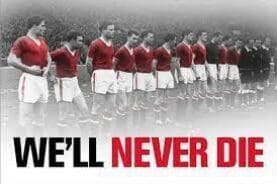
Source: Manchester United
Billy Whelan – and injured several more. This led to a significant restructuring at the football club. Matt Busby signed many youth players from the academy to fill empty places, including George Best and Dennis Law. Busby rebuilt the team through the 1960s by signing players such as Denis Law and Pat Crerand, who combined with the next generation of youth players – including George Best – to win the FA Cup in 1963. They finished second in the league the following season, then won the title in 1965 and 1967. In 1968, Manchester United became the first English (and second British) club to win the European Cup, beating Benfica 4–1 in the final with a team that contained three European Footballers of the Year: Bobby Charlton, Denis Law, and George Best.
Manchester United enjoyed a brief period of success under Busby, who resigned as manager in 1969 before being replaced by the reserve team coach, former Manchester United player Wilf McGuinness. The following years from 1969-1986 were hard times for the red devils. United was relegated a few times and was a mid-table club who scraped through to stay up the premier league.
THE SIR ALEX FERGUSON ERA (1986-2013)

Source: Premier League
Alex Ferguson and his assistant Archie Knox arrived from Aberdeen on McGuinness’s dismissal and guided the club to an 11th-place finish. Despite a second-place finish in 1987–88, the club was back in 11th place the following season. Reportedly on the verge of being dismissed, victory over Crystal Palace in the 1990 FA Cup Final replay (after a 3–3 draw) saved Ferguson’s career. Manchester United claimed their first UEFA Cup Winners’ Cup title. That triumph allowed the club to compete in the European Super Cup for the first time, where United beat European Cup holders Red Star Belgrade 1–0 in the final at Old Trafford. A second consecutive League Cup final appearance in 1992 saw the club win that competition for the first time, following a 1–0 win against Nottingham Forest at Wembley Stadium. In 1993, the club won its first league title since 1967, and a year later, for the first time since 1957, it won a second consecutive title – alongside the FA Cup – to complete the first “Double” in the club’s history. United then became the first English club to do the Double twice when they won both competitions again in 1995–96, before retaining the league title once more in 1996–97 with a game to spare.
In 1999 United became the first-ever English football club to win the treble in the same season. They won the premier league, the fa cup, and the UEFA Champions League. SAF won 13 Premier League titles, 5 FA cups, There are four Carabao cups, three UEFA champions league, and one FIFA club world cup.
HOW SAF INFLUENCED THE ‘UNITED DNA’
● SAF followed Busby’s principle by developing the youth academy and enhanced it even more by building a state-of-the-art, well-facilitated training center 15 miles from Old Trafford at Carrington.
● As United manager, SAF developed various football icons such as David Beckham, Gary Neville, Paul Scholes, Ryan Giggs, Roy Keane, etc. This group of players is famously called the class of ’92. As a manager, he developed one of the world’s best football players, Cristiano Ronaldo, in his last few years.
● United boasted of prominent foreign players like Peter Schmeichel, Ruud Van Nistelrooy, Eric Cantona, Robin Van Persie, etc.
● Sir Alex always had a keen eye for change; he never hesitated in making unorthodox changes to his style of play.
● Never allow any player or agent to criticize him or the club publicly; always believed that nobody was more significant than the club.
● Introduced strict training sessions that adhered to severe punishments for any player’s offense. The ‘HAIRDRYER’ treatment will always be memorable.
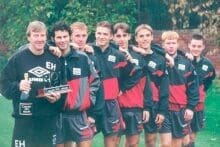
Source: Manchester United
SAF’s tactics were always influenced by Scottish teams from the 1950s. Under him, United developed a new style of flamboyant attacking football pleasing to the eye. The 2007-08 season saw United and SAF create history together by scoring a record of 112 goals throughout the season. The front three of Ronaldo, Tevez, and Rooney made up 70% of those. Recently, this team was voted by fans as the greatest English football team to play in the premier league era.
This concludes the first part of this article on our beloved Manchester United. The second part will mainly highlight various tactics used by SAF and a detailed outline of The Red Devils currently.
About the Author: Aarav is a first-year student at MIT Manipal, an avid sports watcher, and a player who looks all set to excite readers with unique tactics and incidents in the world of sports.

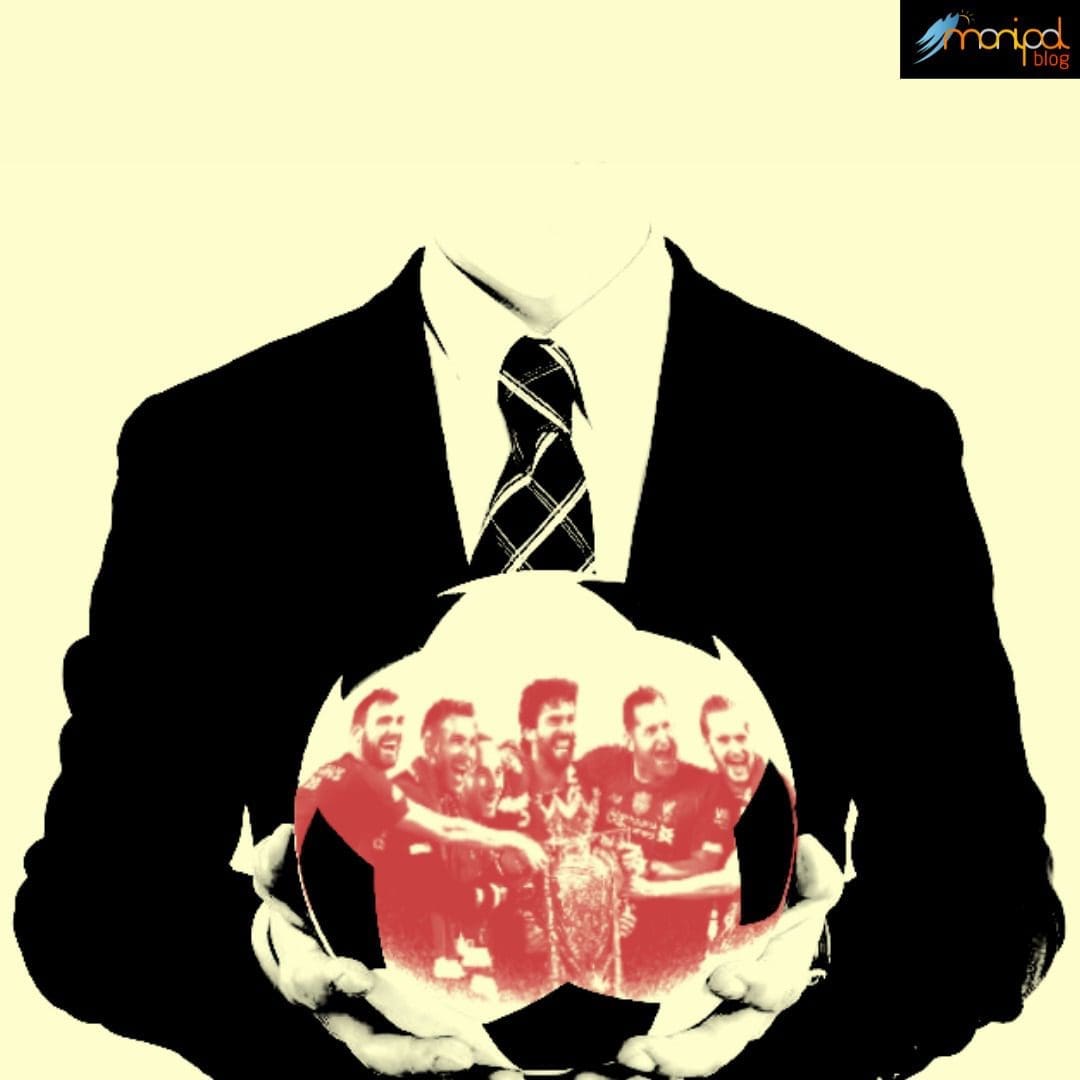
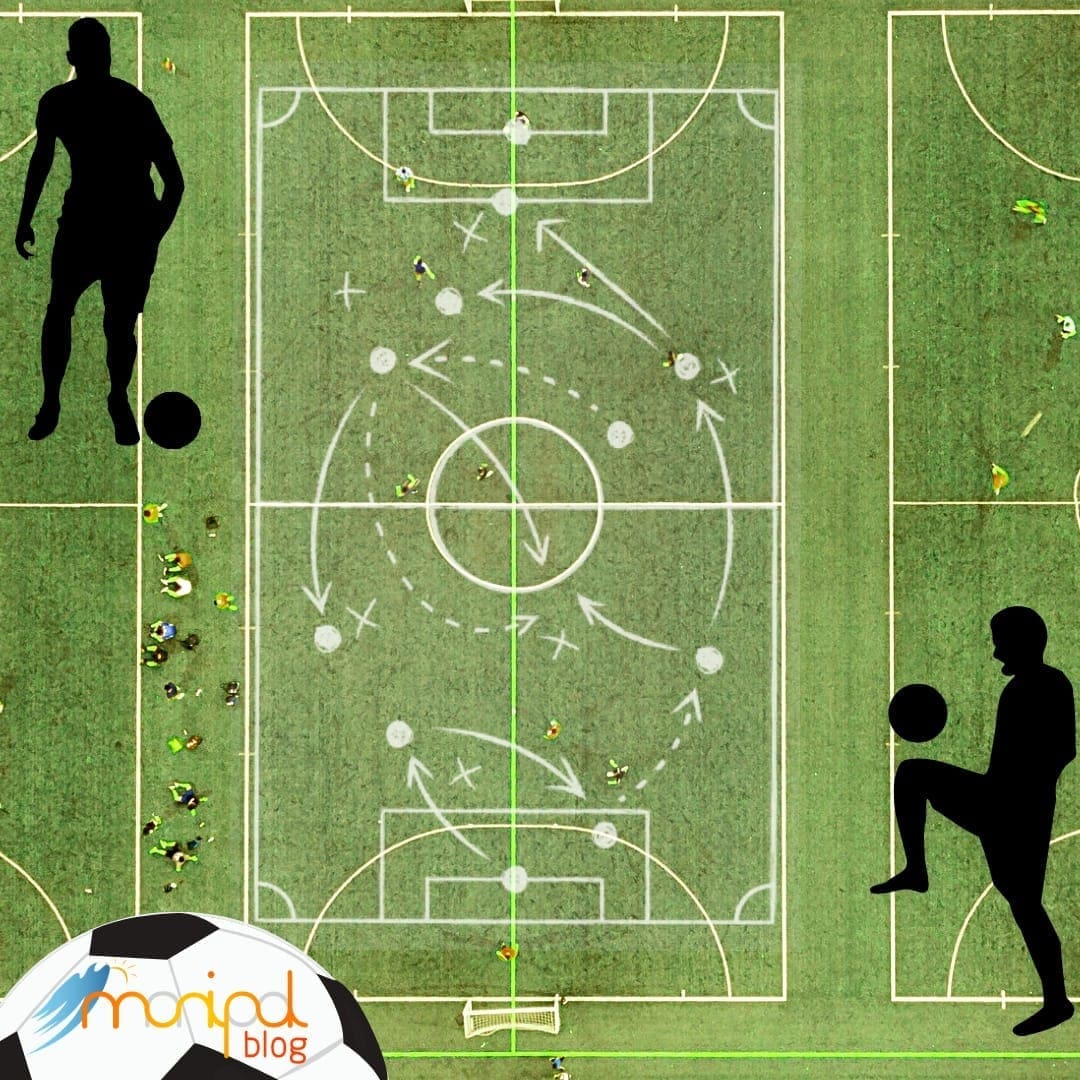
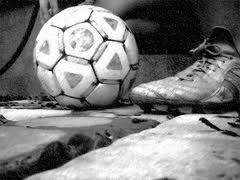
Be the first to comment